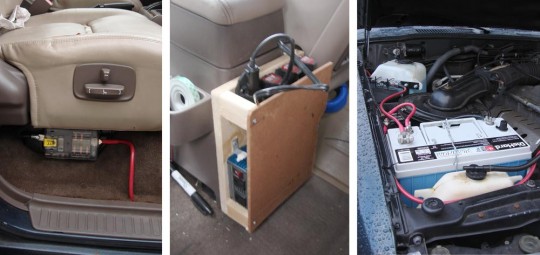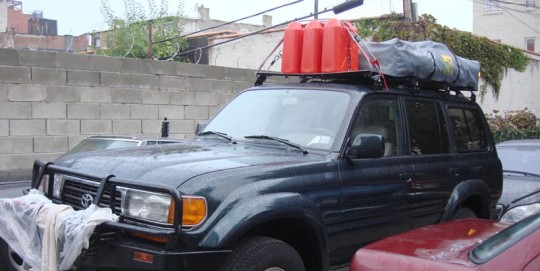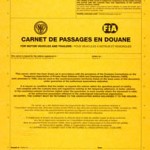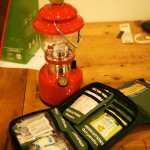
I can’t tell that I like needles and doctors, and even going to buy glasses make me sick, but one thing I hate more is to get sick. And getting sick when you are bush camping is definitely not the most relaxing experience.
Since few weeks now, I have been visiting doctors and made sure I will take my last chance to enjoy medical coverage before I leave the America’s health care paradise.
Medical check-up
Having it done is a must before leaving for a long trip. In the ideal, it should be done at least two months in advance, so they can try to fix you up if they see something wrong. If you have to leave for such a trip, pay a visit to your doctor, get a blood analysis, and take it from there. What is great now is that they can tell you your level of immunization, which can help you decide what shot you should get.
The travel shots
In addition to the classic ones, there are few more that are one should definitely get:
– Yellow fever. Required for South America and Africa. You need to have a proof of the shot to go through many borders
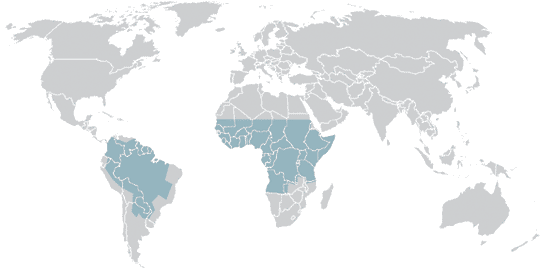
– Hepatitis A and B. A is done with two shots, B with three. So you need to start early. Good for ten years. Sometimes Hep A and B are bundled together with typhoid.
– Typhoid fever. Now available as pills.
– Tetanus. Everyone usually gets it as a child, but needs a new one every ten years.
– Japanese Encephalitis. Carried by mosquitoes in rural areas. Three shots.
– Cholera is also mandatory in some African’s country if coming from a area or country with a cholera outbreak.
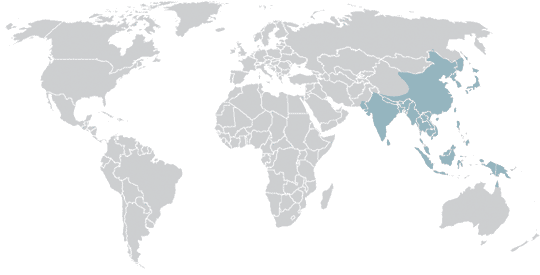
Ask your doctor which one you can get for free. Here in the U.S., probably nothing, except if your insurance is generous. Getting all these shots will cost you more than $500.
Plan B, for cheap people like me, involves going south, pass the border, and get the shots in Mexico where it cost half the price. It would even have cost less than that anywhere in Europe.
Also, it is important to go see the dentist before leaving and do whatever he think you should do because you don’t want to get you mouth fixed in Bolivia – even if it would cost you less. Dr Schnall in NY gave me a full round of X-ray, and provided me with enough toothbrushes for the year.
Your doc should also prescribe you a lung x-ray, and you can try to ask him for prescriptions of a strong antibiotic to take with you (Cipro). You can also ask him a letter authorizing you to carry a syringe in case you need a blodd test or other in a place you find shady.
Malaria
There are two choices. Taking pills with heavy side effects for many months, or take a heavier dose of the drug if affected. As many other travelers, I will choose the second option, and take measures to avoid mosquito bites whenever I can.
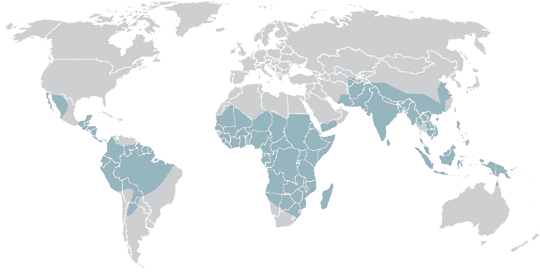
Staying Healthy on the road
A good list here, from the HUBB, and another one here, from the CDC. The goal is to build a kit that will be in the car at all time.
Medical Insurance
There are many choices for medial insurance. And if you come from Europe, you can just for with Mondial Assistance or Worldnomads.com, which should be around 600 euros.
In my case, French expatriate in the U.S., with no more insurance at the end of November, I’m not eligible for healthcare in any country. So it would not be helpful to survive an accident only to have a heart attack when I receive a crazy bill after being evacuated and treated in my home country. If you are in a more trickier situation, like me, you should call or email William Cole from insurancetogo.com, he can be more creative and help you out. Other world travelers used him and were happy about it. He will provide you with choice between a lot of different premiums and deductibles. A good coverage for me should run at around $1,000 for the year, not including legal assistance that are usually part of such package.
In general, I hope if I get sick in these countries I can get overall good care by local doctors, and not pay much. The insurance is really for the super bad events requiring – for example – an evacuation.
UPDATE: I chose to take a coverage with $500 deductible for an annual premium of only $548. Basically, that means i will pay out of pocket my medical expenses, and use the insurance only if my head fall from my shoulders.

